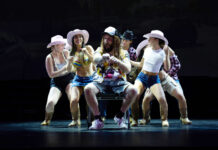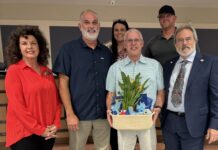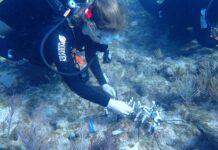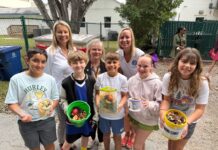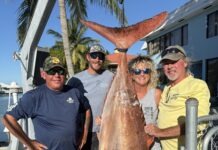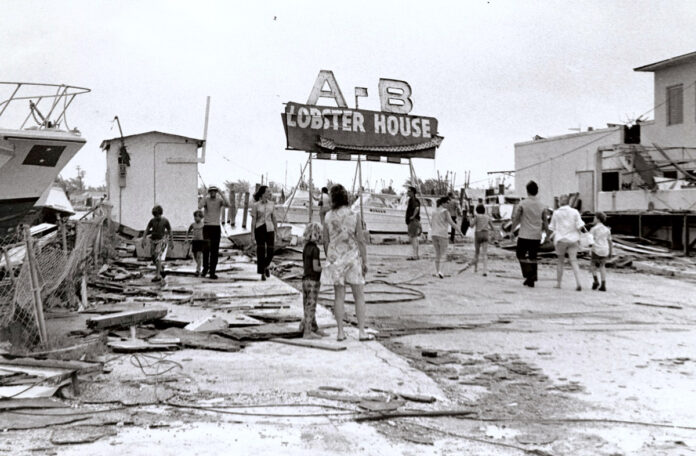
Decades ago, early in my Key West life, I discovered the starfish theory.
It evolved from watching long-standing island survivors — because back in the late 1970s, living in Key West required survival skills. Hard times often defined that era, with many people barely getting by.
Duval Street was virtually empty during the hot summer months, and its so-called commercial hub ended at Angela Street. Only a handful of stores inhabited the “no man’s land” known as Upper Duval.
Television and A/C were scarce among the hippies, bartenders and artists who were my friends. The library on Fleming Street was our favorite summer haunt because it offered air-conditioned comfort.
Many of the old Victorian houses were shabby and weathered, and some weren’t reliably waterproof. In one former home, I rushed to empty the kitchen cupboards every time it started raining — because rain penetrated the place’s termite-ridden exterior walls and soaked the cupboards’ contents.
Yet we didn’t just endure our ramshackle lifestyle. We enjoyed it and we thrived … thanks in part to the starfish theory.
The theory is derived from an old story about a little girl surrounded by beached starfish at the ocean’s edge. One by one, she picks up starfish and throws them back into the water so they won’t die. An observer challenges her, saying so many starfish are beached that she can’t possibly save all of them, and therefore she won’t make a difference.
The girl picks up a starfish, tosses it into the water, and looks at her challenger.
“I made a difference for that one,” she says.
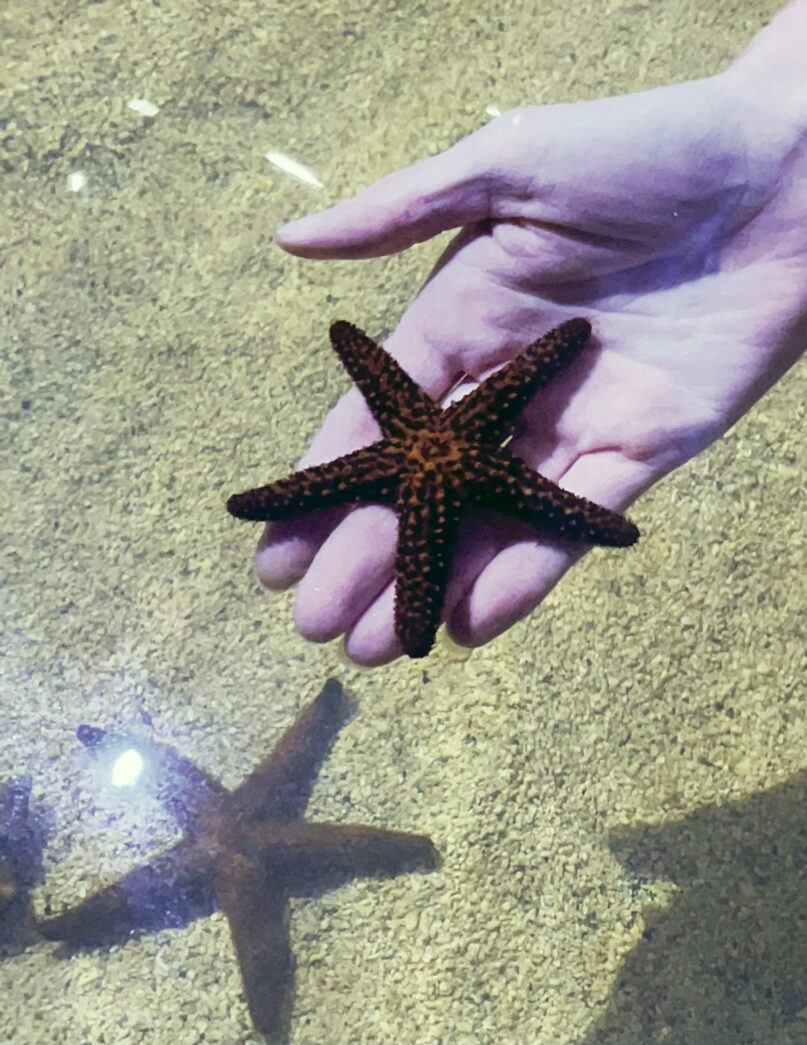
That’s how Key Westers survived back then. We couldn’t help everyone, or change the world, but we could take care of our friends and fellow islanders — our “starfish.”
I saw it in action whenever a local person got hurt or sick. Before social media, word of someone needing help spread faster than today’s viral celebrity posts. That help was always provided, whether it meant delivering meals, loaning a few dollars or organizing a full-fledged benefit for the struggling “starfish.”
I saw it after hurricanes, when electricity and phone service were down for days. Key Westers removed debris from their neighbors’ yards, shared resources and food and cooked communal dinners on outdoor grills. Following one particularly bad storm, they even activated a ham radio network (based in my living room!) so people could reassure loved ones who lived elsewhere.
I saw it when a malnourished whale was stranded in shallow water off a local beach. Almost instantly, a support network mobilized. Volunteers provided expert medical treatment, held the whale’s body steady so it wouldn’t roll and submerge its blowhole, and even sang softly to keep it calm.
My job was to pick up food for it each day at local bait shops, earning my car the unfortunate nickname of “the squidmobile.”
In short, all of us — parents and kids, 20-somethings and seniors, lifelong residents and newcomers — did whatever was needed to keep the whale alive, until it could be transported to the mainland for further care.
It’s not possible to save every sea creature that strands off the Keys. But for that whale, our actions mattered.
Today, as our island community faces unfathomable challenges and fears, the starfish theory is more valid than ever.
Maybe we can’t make a difference in the big picture, but we can do what Key Westers have done for generations: look for “starfish” that need help … and make a difference for them.

